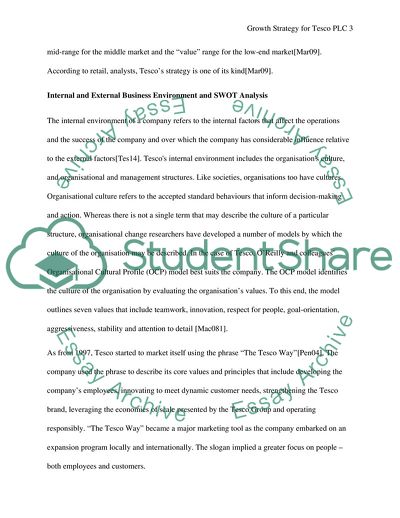Cite this document
(Growth Strategy for Tesco PLC Essay Example | Topics and Well Written Essays - 2000 words, n.d.)
Growth Strategy for Tesco PLC Essay Example | Topics and Well Written Essays - 2000 words. https://studentshare.org/marketing/1862240-tesco
Growth Strategy for Tesco PLC Essay Example | Topics and Well Written Essays - 2000 words. https://studentshare.org/marketing/1862240-tesco
(Growth Strategy for Tesco PLC Essay Example | Topics and Well Written Essays - 2000 Words)
Growth Strategy for Tesco PLC Essay Example | Topics and Well Written Essays - 2000 Words. https://studentshare.org/marketing/1862240-tesco.
Growth Strategy for Tesco PLC Essay Example | Topics and Well Written Essays - 2000 Words. https://studentshare.org/marketing/1862240-tesco.
“Growth Strategy for Tesco PLC Essay Example | Topics and Well Written Essays - 2000 Words”. https://studentshare.org/marketing/1862240-tesco.


